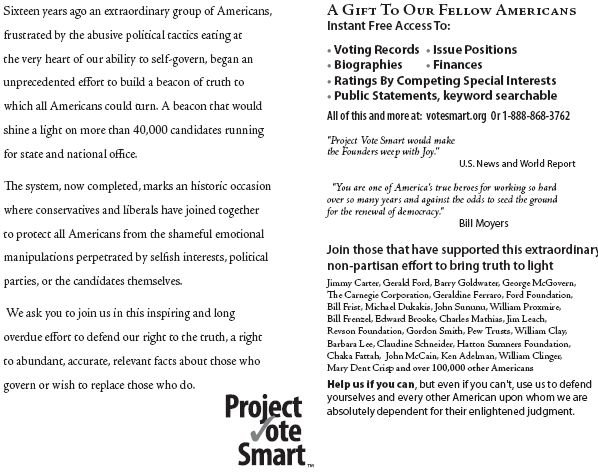There are very few economists who really buy into Keynesian theory anymore. Instead, the idea of “rational expectations” has taken its place. The difference between the two approaches is essential to understanding why Obama’s stimulus package won’t work. Keynes felt that people would react automatically to a few dollars in their hands. Consumers would run out and buy new products, and businessmen, seeing the uptick in sales, would rush to open new plants and hire new workers who would, in turn, generate more demand.
But that’s not the real world. In reality, consumers, knowing there are hard times ahead, save any money they get either by salting it away or by paying down their debts and bills. That’s why the personal saving rate in the last quarter of 2008 was the highest in six years and spending on residential construction was down 22 percent over the past year. And the savings rate rose from 2.8 percent in November 2008 to 3.6 percent in December as the storm clouds grew grayer. And, in the real world, banks hang onto their money for fear of making bad loans, no matter how many bailouts or stimulus packages Washington passes.
According to the Federal Reserve Board of St. Louis, the Fed is now holding upwards of $1.7 trillion for American banks, more than twice what it had in its vaults at the start of 2008. How did the Fed get the money? Congress voted the Troubled Asset Relief Program (TARP) package of bailout funds. The Fed purchased bank assets to get liquidity onto their balance sheets. What did the banks do with the money? They gave it right back to the Fed to hold in its vaults. They didn’t lend it out. They didn’t use it to stimulate the economy. They are using it for a nest egg to tap when times improve.
Just like the theory of rational expectations says they would.
[Recommended > ]
READ MORE
Wednesday, February 4, 2009
Keynesian fallacy
Subscribe to:
Post Comments (Atom)














No comments:
Post a Comment